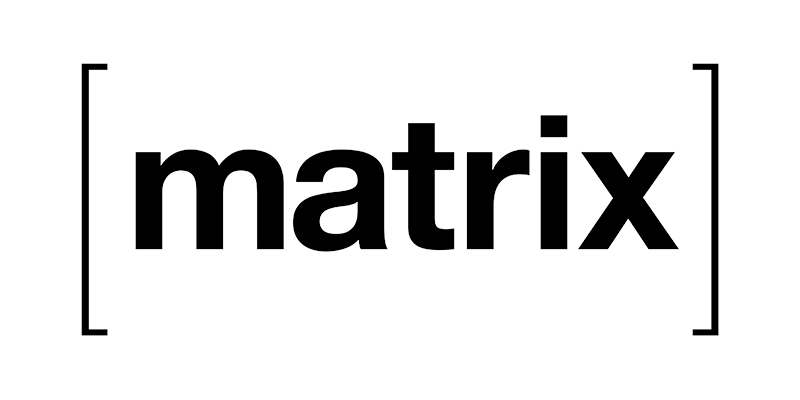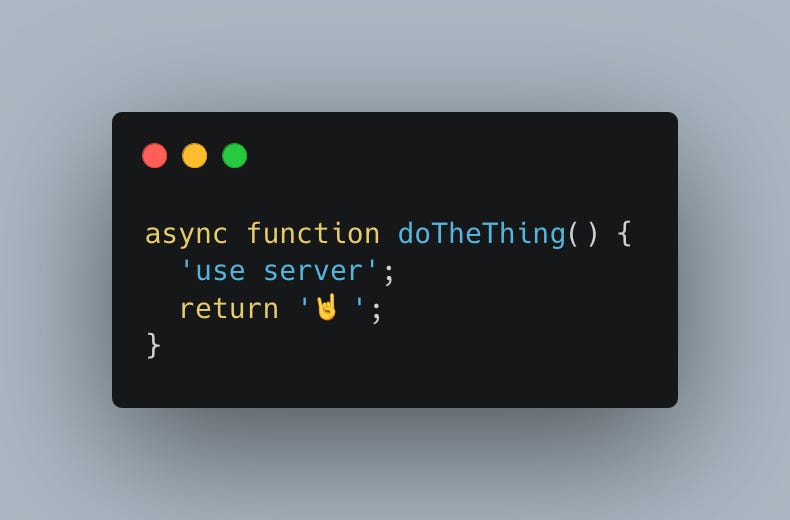
iPadOS approaches the edge of desktop computing
For a few years now, it’s seemed like the iPad has been on the precipice of a huge change. It can drive external displays, accept input via keyboard, and (as of a year ago) even has a pointer that can be driven by an external trackpad or mouse.
That’s the thing about precipices, though: beyond them is the chasm. On the other side is a very different place, occupied by very different creatures—it’s the realm of the personal computer. Sometimes it feels like the iPad is standing on the edge like a kid who has walked out all the way to the end of the diving board. You’ve come all this way, kid, and I know it’s scary, but at some point you have to summon your courage and make the leap.
I used to doubt Apple’s commitment to taking the iPad across the chasm. The introduction of the Magic Keyboard for iPad Pro softened my doubt, but it’s this week’s arrival of the new iPad Pro—complete with a Thunderbolt port that can drive Apple’s huge Pro Display XDR at full resolution—that has eroded it completely: The iPad is about to take a leap into desktop computing.
With support for large external monitors and pointing devices added to iPadOS, all the pieces are finally there. What’s missing is the software. And I can see why it’s the final missing piece—because in many ways, it requires the biggest conceptual leap iOS and iPadOS have ever had to take.


















